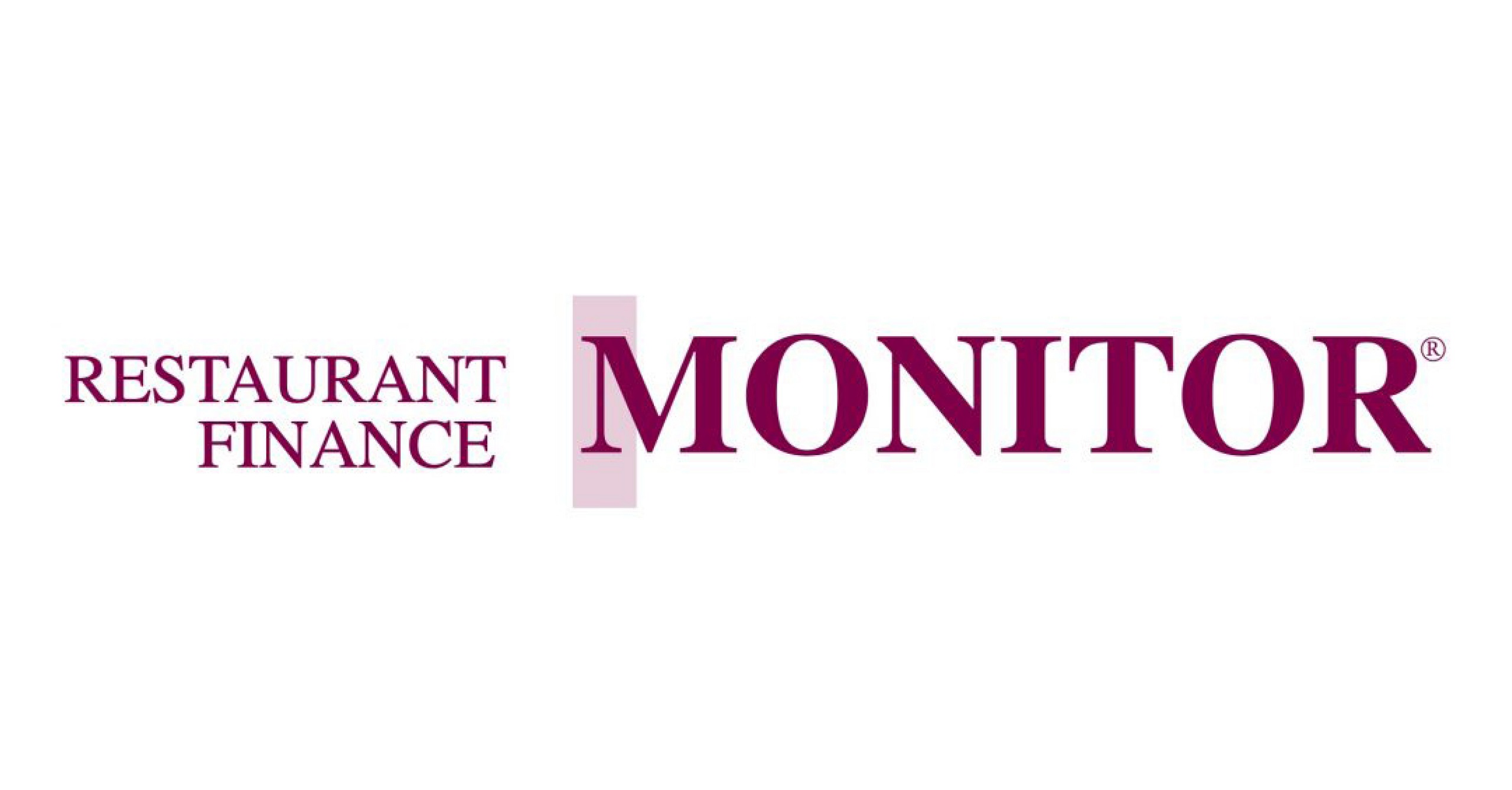One thing I’ve seen over many years in the restaurant industry are concepts that never quite live up to their potential. Maybe it didn’t work from the beginning or stopped working over time. It may still be viable and small changes are made in hopes of turning it around. At some point you realize the concept needs to be altered substantially. I recently saw a multi-unit concept that was once a phenom. After Covid, when customers started returning, they found it narrowly focused. The product hadn’t changed but it no longer had broad enough appeal to attract substantial customers. In other cases, customer traffic patterns have changed, and your A site is now a B. Let’s look at what happens when a concept stops working and some steps to take.
Evaluate the market—Determine where your market is now. Is it the local community or do you have a broader appeal? Is it in an urban site that should be in the suburbs or vice versa? Look at your site’s surrounding demographic and decide what kind of concept would work best. Determine who your audience is and what would attract them. If you didn’t do this when you first opened, go back and start over to understand your marketplace and how and if it’s changed post-pandemic. If yours is a national concept that you’re looking to grow, find out whether there are enough customers who will embrace your concept and specifically in what parts of the country.
Evaluate your concept to determine if there are any economic problems—The starting point is always unit economics. What are the prime costs of food, labor and alcohol, and are they within reasonable parameters for your type of restaurant? Look at your competitors; this is one time when you should compare yourself to others. How you deal with labor is always key. Find ways to minimize the number of employees and utilize scheduling tools. Every city has different rules about labor. For example, in Minneapolis and San Francisco, if you’re having a slow day, you can’t cut employees without paying them. Some cities require giving employees substantial notice if they’re going to be cut from an assigned shift.
There is only so much you can cut, so look at revenue-generating ideas. Does your product mix allow for servers to up-sell items, such as adding protein to salads or starting with an appetizer? Research adding other profit centers, such as group dining, off-site catering and pop-ups.
The look of the restaurant —Is the physical restaurant tired and out of date? Does it need upgrades, new decor, updated equipment? Before you invest, be sure you can get a return on your investment. The QSR sector includes mandates for frequent updates to their facilities in their franchise agreements. Diners want ambiance and a clean environment with no tape covering ripped seats or chipping paint.
Culture—This may be the best way to keep a concept alive. Historic restaurants tend to keep it fresh through hospitality. Culture is No. 1. You want employees to feel like it’s their restaurant, so empower them to take care of guests. If your staff, from servers to cooks, is happy and competent, your guests will be happy.
Recipes—Many times, I see concepts that had a strong menu when they first opened their doors, but the food doesn’t evolve. Keep iconic items, but constantly develop new, innovative items to have a broad appeal.
Don’t scrimp on technology —Have you kept up with latest technology, including software, social media and handheld devices? Does your technology help or hinder staff to do the tasks necessary to be a leader in the industry? It’s not enough to have technology; all those reports it generates need to be used to make meaningful tweaks to systems. Websites and online resources need to be updated with changes to hours or new offerings.
Input from an industry expert—Pat Weber, founder of Mise en Place Consulting in Minneapolis, who tackles this issue on a regular basis, emphasized you can have the world’s greatest concept, but if it doesn’t fit the natural customer base, it will be tough to make money. “You have to make sure you are not fitting a square concept into a round hole restaurant location,” he said. The concept needs to fit with the neighborhood, rather than trying to import diners. Once you’ve determined it’s not the site that’s the problem, it doesn’t mean your concept should be abandoned. Weber says a lot of tweaking can be done, particularly as it relates to service style, product mix and ambiance to meet that customer base.
If you have significant problems, he cautions, you usually have one shot and you want to do bigger and bolder changes to attract customers back and new ones in. It doesn’t have to be a significant dollar amount, but you need to let the general public know it’s a concept worth retrying. Evaluate your price point to see if you over- or under-shot it? This goes along with the service style, he added. Whether it’s upscale, casual or formal, make sure it fits your customers and food.
There’s never just one approach to fix a concept that isn’t working. If it’s just a temporary downturn, don’t overreact, but be proactive while being objective. Seek out advice from your peers, servers (they’re on the front lines) and read online reviews to find out what people are saying about your concept and what they think the problems are. When your concept isn’t working, don’t start assigning blame. Start looking for answers and then roll up your sleeves, you have work to do.
From the May 2025 issue of Restaurant Finance Monitor
Author
-

Co-founder and chairman of Monroe Moxness Berg PA, Dennis is a pioneer in corporate financing with a broad network of finance contacts and clients. He assists businesses, from emerging companies to multinational firms, by providing creative ideas, identifying unique financing sources, and developing the financial tools necessary for their growth and development.
